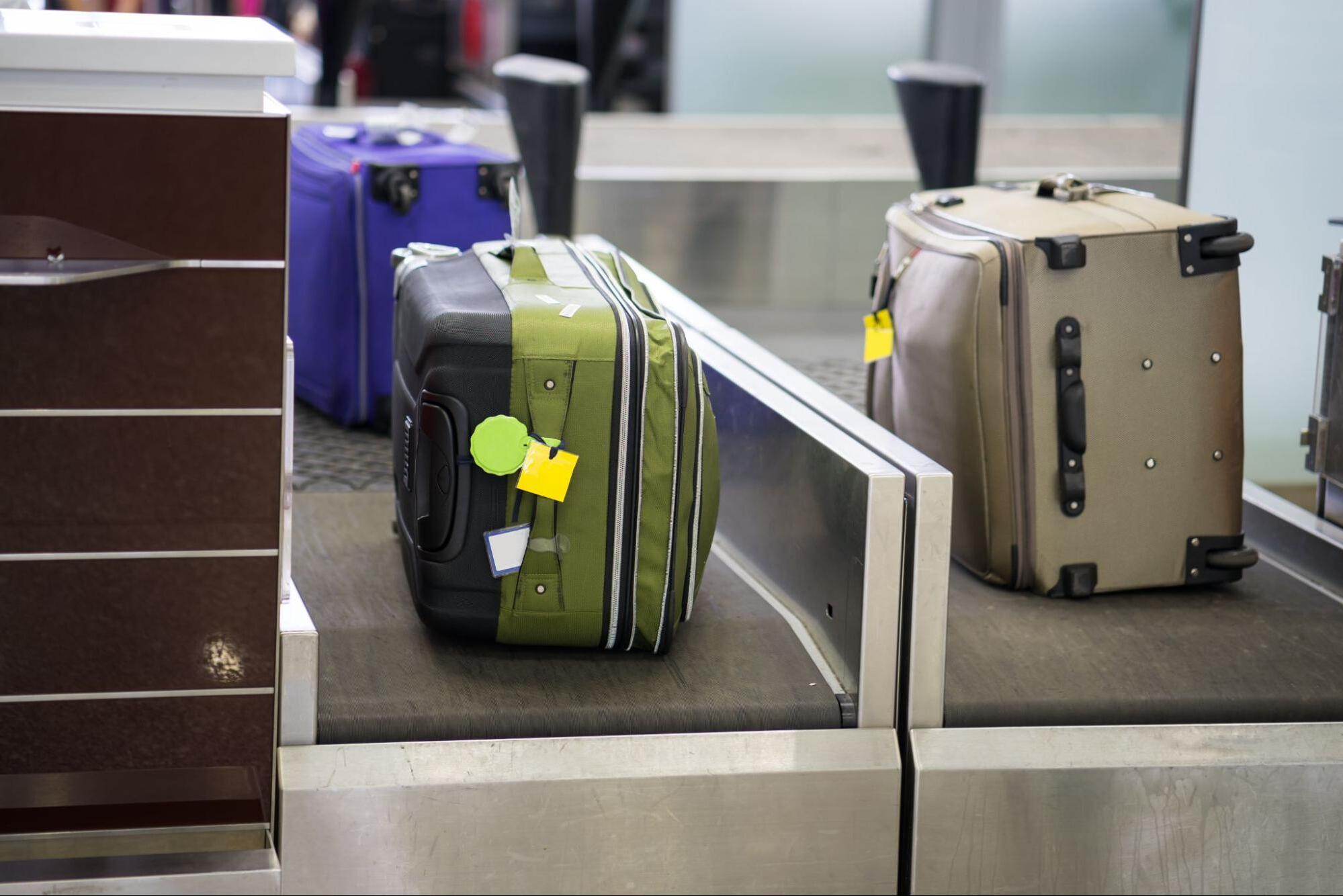Checked Baggage When You Have a Layover

Traveling can be exciting, but layovers often bring questions about checked baggage. Many wonder what happens to their luggage during a stopover. Will it automatically transfer to the next flight, or do you need to collect it and recheck it? The answer depends on several factors, like your airline, the airports involved, and whether your flights are on the same ticket. Generally, if you’re flying with the same airline or partner airlines, your bags will likely be checked through to your final destination. However, if you’re switching airlines or have separate tickets, you might need to pick up your luggage and check it in again. Knowing these details can save you time and stress, ensuring a smoother travel experience. Understanding the rules for your specific journey is key to avoiding unexpected surprises during your layover.
Understanding Checked Baggage on Layovers
Traveling can be exciting, but layovers add a bit of complexity, especially when it comes to checked baggage. Knowing what happens to your luggage during a layover can save you from unnecessary stress. Let's dive into some key points to consider when dealing with checked baggage on layovers.
1. Direct Flights vs. Connecting Flights
When flying, the type of flight you book affects how your checked baggage is handled.
- Direct Flights: Your luggage is checked through to your final destination. No need to worry about it during layovers.
- Connecting Flights: If your flights are on the same airline or partner airlines, your baggage is usually transferred automatically. However, always confirm at check-in.
2. International Layovers
International layovers can be tricky, especially with customs and immigration procedures. Here's what you need to know:
- Customs Clearance: In some countries, you must collect your baggage and clear customs before rechecking it for your next flight.
- Visa Requirements: Ensure you have the necessary visas if you need to leave the airport to collect and recheck your baggage.
3. Short Layovers
Short layovers can be stressful, especially if you're worried about your luggage making it to the next flight.
- Minimum Connection Time: Check your airline's minimum connection time to ensure you have enough time for baggage transfer.
- Priority Tags: Request a priority tag for your luggage to increase the chances of it being transferred quickly.
4. Long Layovers
Long layovers offer more flexibility but also require some planning regarding your checked baggage.
- Baggage Storage: Some airports offer baggage storage services if you want to explore the city during a long layover.
- Rechecking Luggage: If you leave the airport, you may need to recheck your luggage for the next flight.
5. Different Airlines
Flying with different airlines on a single trip can complicate baggage handling.
- Interline Agreements: Check if the airlines have interline agreements for baggage transfer. If not, you may need to collect and recheck your luggage.
- Separate Tickets: If you booked separate tickets, you will likely need to collect and recheck your baggage.
6. Lost or Delayed Baggage
Sometimes, baggage doesn't make it to the next flight. Here's how to handle such situations:
- File a Report: Immediately report lost or delayed baggage to the airline's customer service desk.
- Track Your Bag: Use the airline's tracking system to monitor the status of your baggage.
7. Tips for Smooth Baggage Handling
A few simple tips can make your layover experience smoother when it comes to checked baggage.
- Label Your Bags: Clearly label your bags with your contact information.
- Pack Essentials in Carry-On: Keep essential items like medications and a change of clothes in your carry-on.
- Check Airline Policies: Familiarize yourself with the airline's baggage policies before your trip.
Making Layovers Work for You
Layovers can be a hassle, but understanding checked baggage rules makes them easier. Always check your airline's baggage policy before flying. Some airlines transfer your bags automatically, while others require you to recheck them. Knowing this helps avoid surprises. If you have a long layover, consider packing essentials in your carry-on. This way, you have what you need without accessing your checked luggage. Also, keep an eye on your baggage tags. They ensure your bags reach the right destination. If you’re traveling internationally, be aware of customs requirements. Sometimes, you’ll need to collect and recheck your bags. Planning ahead and staying informed can turn layovers into a chance to relax or explore. With the right preparation, you can navigate layovers smoothly, making your travel experience more enjoyable. Remember, a little planning goes a long way in ensuring a stress-free journey.

